Updated plans have surfaced for a 15-story affordable housing tower to rise at 758 and 772 Pacific Avenue in San Francisco’s Chinatown. The city purchased the property in 2017 after a campaign by the late Rose Pak, an influential political activist for the neighborhood. While initial plans considered building between 50 and 80 units on the lot, this recent application has proposed constructing 175 apartments and a new banquet hall.
The City purchased 772 Pacific Avenue in 2017 from the Yick Family Trust for $5 million, acting through the Mayor’s Office of Housing and Community Development (MOHCD). Contemporary reporting by J.K. Dineen for the San Francisco Chronicle emphasized that the property was a key focus for Rose Pak. Dineen wrote that Pak “brought it up repeatedly with Mayor Ed Lee” before she passed away. “She mentioned it to Supervisor Aaron Peskin. She badgered city housing staffers about it.”
Pak was pushing for the city to transform the property into affordable housing. She passed away in September 2016, less than a year before the acquisition. Speaking with the Chronicle, Malcolm Yeung from the Chinatown Community Development Center said it was “almost like this is her parting gift to the community.”
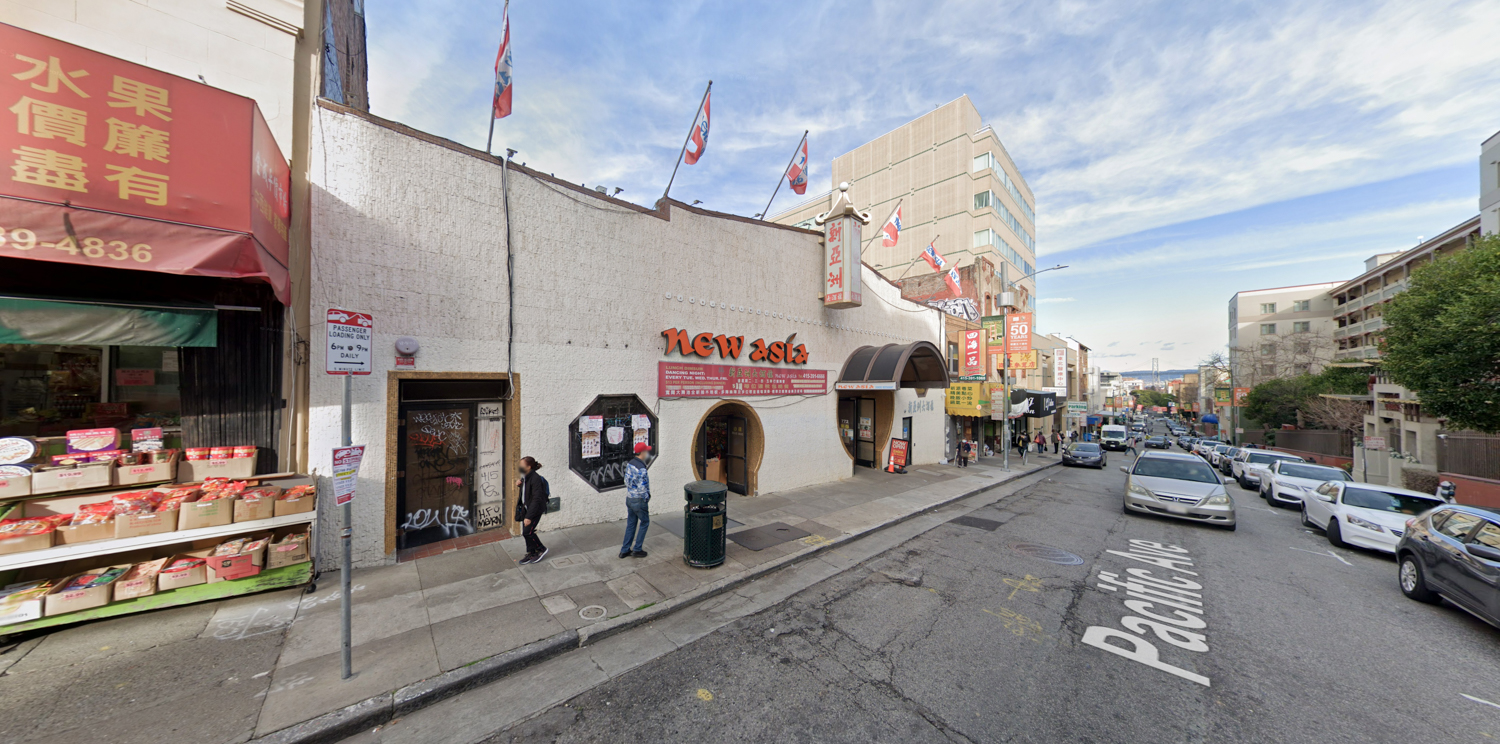
772 Pacific Avenue, image by Google Street View
In 2021, The Chinatown Community Development Center submitted a predevelopment loan request for 772 Pacific Avenue, citing that “the Chinatown neighborhood has not had new construction [of] affordable housing in the last 15 years– 772 Pacific will have a significant impact on creating much needed housing in the neighborhood.” These initial documents considered building an eight-story project with 86 smaller units above a 13,000-square-foot ground-level commercial space.
CCDC said they would “explore constructing an additional 3 stories to develop a high-rise building and increase the number of affordable units.” The ground-level space was being eyed for community-serving functions or as a replacement location for the former New Asia restaurant and banquet hall. During the Pandemic, the restaurant closed and was transformed into a grocery store. Construction was projected to start in April this year and open in 2026.
Earlier this week, MOHCD filed plans for the 15-story apartment complex with 175 affordable units. The application adds that residential offerings include several on-site laundry rooms, a community room, on-site property management, and other residential services. The ground level will include a Chinese Banquet Hall with a mezzanine space.
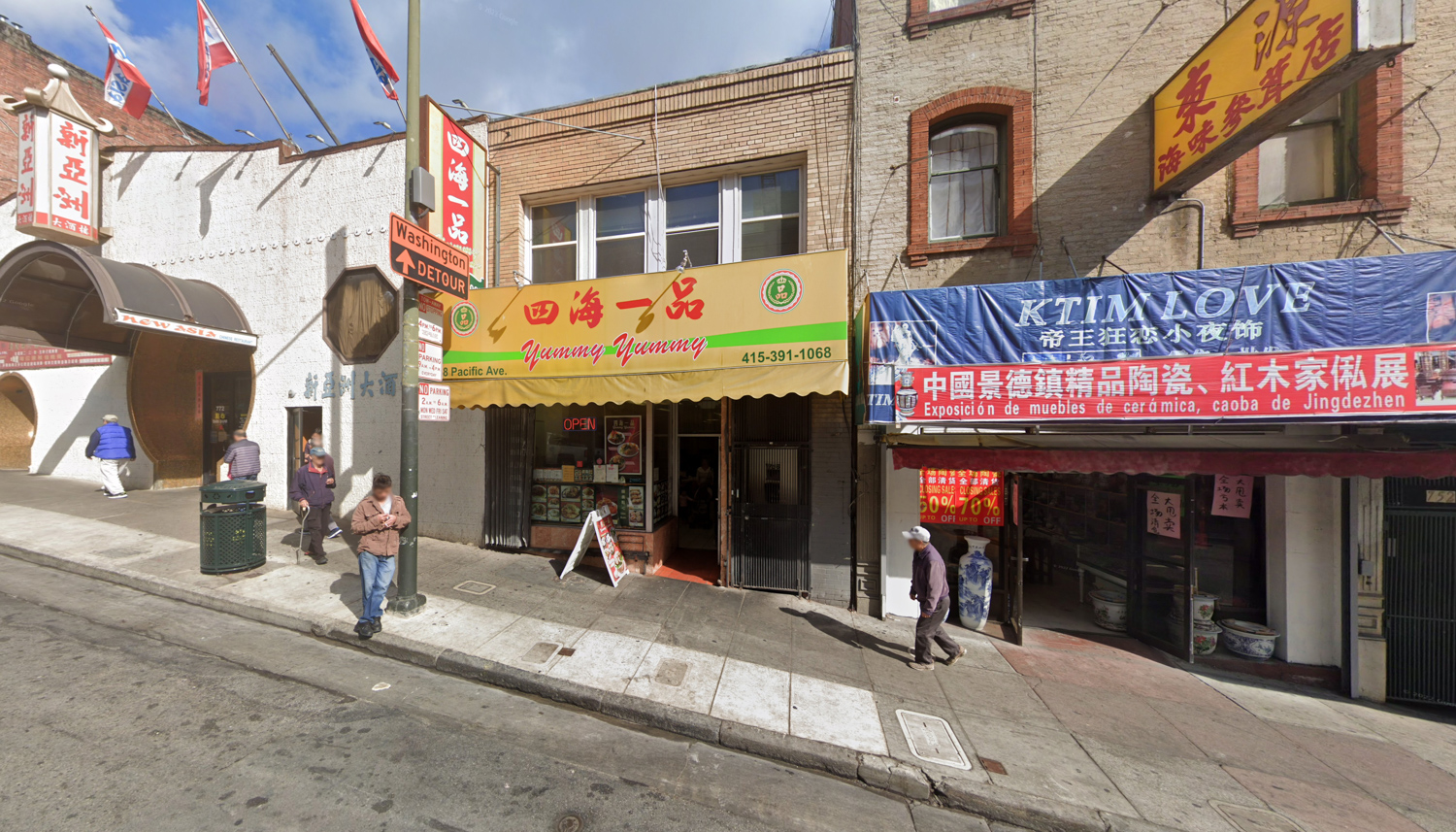
758 Pacific Avenue, image by Google Street View
San Francisco’s Chinatown is the oldest such neighborhood in North America and one of the largest outside of Asia. Given its significance, it is no surprise that plans to add housing will involve a historic review process. The recent permit application initiates a review from Federal Section 106 of the National Historic Preservation Act.
Demolition is expected for the two existing buildings. 772 Pacific Avenue was built in 1919, and 758-760 Pacific Avenue was built in 1926. The city lists 758 Pacific Avenue as being a potential historic resource. A 1978 evaluation by the Foundation for San Francisco Architectural Heritage determined the building is eligible for contextual importance.
The quarter-acre parcel is on a dense block bound by Pacific Avenue, Grant Avenue, Stockton Street, and Broadway. Potential residents at 772 Pacific Avenue will live directly across from one of three buildings within the Ping Yuen public housing projects run by CCDC. The tallest of the Ping Yuen buildings is just across Stockton Street, a 12-story, 200-unit infill rising above the street built in 1961.
MOHCD and the CCDC have yet to reply to a request for comment from YIMBY as of publication.
Subscribe to YIMBY’s daily e-mail
Follow YIMBYgram for real-time photo updates
Like YIMBY on Facebook
Follow YIMBY’s Twitter for the latest in YIMBYnews

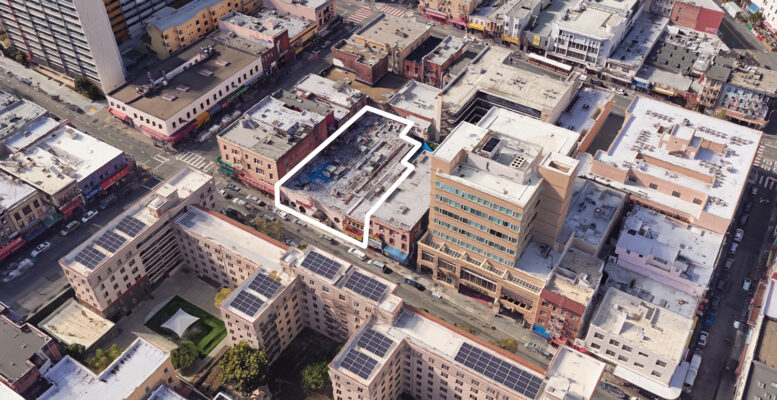
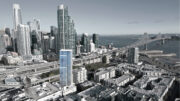
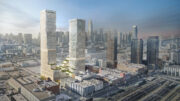
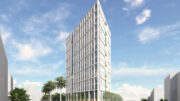
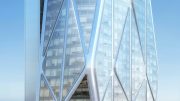
It is about time.
Chinatown, despite being the most densely-populated part of SF (and thus the entire West Coast), nonetheless has low-rise buildings that give the area a vibe of being unchanged since the 1960s.
This is even more odd given how much Chinese builders love highrises.
Chinatown always seemed weird to me, since the Chinese-American community in the rest of the Bay Area (over 500,000 in number) is generally wealthy and well-educated. Many work in tech. So why is Chinatown still as though these are the only Chinese people in the US, and thus poor with minimal English skills?
If there is one part of SF where new skyscrapers make the most sense, it is Chinatown.
SF Chinatown’s current condition has more to do with the “American” part than with the “Chinese” part in its history
It seems like the perfect place for one of those big Chinese skyscraper companies to just come in, buy out existing residents, and make the whole 24-block area as high as the TransAmerica Pyramid. Any local Chinese politician will go along for a price that is small for these big Chinese construction companies.
Agreed!
I think it would benefit you to learn about the history of chinatowns in the Bay Area. You are confusing yourself and making a lot of odd assumptions about these communities and their connections to other diaspora and nationalities.
On the contrary, the fad of creating boutique niches of endless variety in every community is what is odd.
A second generation (US-born) Chinese-American person will necessarily have much more in common with other second-gen Chinese-American people in the rest of the Bay Area than either has with Chinese-born immigrants, no matter whether their origins in China were urban/rural, or Cantonese/Mandarin language use, or which province they are from.
So the question remains, why is Chinatown so resistant to assimilation?
New York City, better yet, Queens, has so many lovely neighborhoods that make Queens the best borough in the city. At the end of the borough is Flushing, a heavily Chinese neighborhood where many people do not speak English. Many are recently arrived and settled in with people they knew to live there. To the south is Corona, a heavily Colombian neighborhood with some of the best Colombian bakeries in the city; you can hear Spanish everywhere it is amazing. Also, more to the south is Jackson Heights-Roosevelt Ave, where many many Indian/Bangladeshi/Nepali restaurants and locales, supermarkets thrive off of the busyness of the streets. Indian and Nepali can be heard spoken everywhere! And all these three neighborhoods are connected by the 7!
If anything, this community by no means needs to “assimilate” into another monotonous anglophone community; would the word “gentrification” better suit your perspective? If anything this city needs more affordability to create more vibrant neighborhoods within the cities borders.
Little Italy fortunately still retains its Italian character, but the language has been long lost. It would be cool to hear Italian in the streets of San Francisco again!
er…. learning English is a crucial element of rising up the economic ladder. There is no one who DOESN’T want their own children to have mastery over English.
Stereotypes sure are a time-saver, aren’t they?
Yes.
But mindless PC-police behavior is a time-waster, so you have a lot of work to do to achieve self-improvement.
Correction, there are 600,000 Chinese-Americans in the Bay Area, and 1.25M in the State of CA.
So why is Chinatown the land that time forgot, still unchanged from 60 years ago, and full of low-income, less educated, non-English-speaking Chinese? It seems to have no connection to the educated, wealthy, and numerically much larger Chinese-American community in the rest of the Bay Area.
You’re right. There is little connection between the residents in Chinatown and the later “new immigrants” communities. It’s because of complicated histories behind but “Chinese” is just too general to refer to as a demographic group in this case.
Perhaps, but by the second generation, the US-born types should coalesce into one identity. If a Chinese-American young person with a good job in the Financial District wants to live within walking distance, yet have cheap rent, Chinatown is perfect.
Or is Chinatown merely where the elderly/poor/uneducated ones accumulate, generation after generation? How else can this fragment remain unassimilated, with so many of the $3M homes in Cupertino, Saratoga, Foster City, etc. are owned by Chinese families?
Chinese people aren’t a monolith. There are families coming from poor villages (and live in crowded SROs) and others with university education (tech/bio jobs on the peninsula and expensive houses).
That is on top of a supermarket that has very good prices. Hopefully after this gets constructed they can remain open here.
Does SF have a housing shortage? I see many for rent signs all over the place and there are new highrise condominium building half empty? The New highrise construction on Van Ness and market Street has stopped construction, I’m in favor of construction but not at the expense of destroying the fabric of the neighborhood.
When landlords can still regularly ask for $3K a month for a 1-bedroom, yes, we still have a housing shortage. Hope this helps!
$3K/Month = $100/Day, I’ve always thought this was the sought-after benchmark rent in SF,